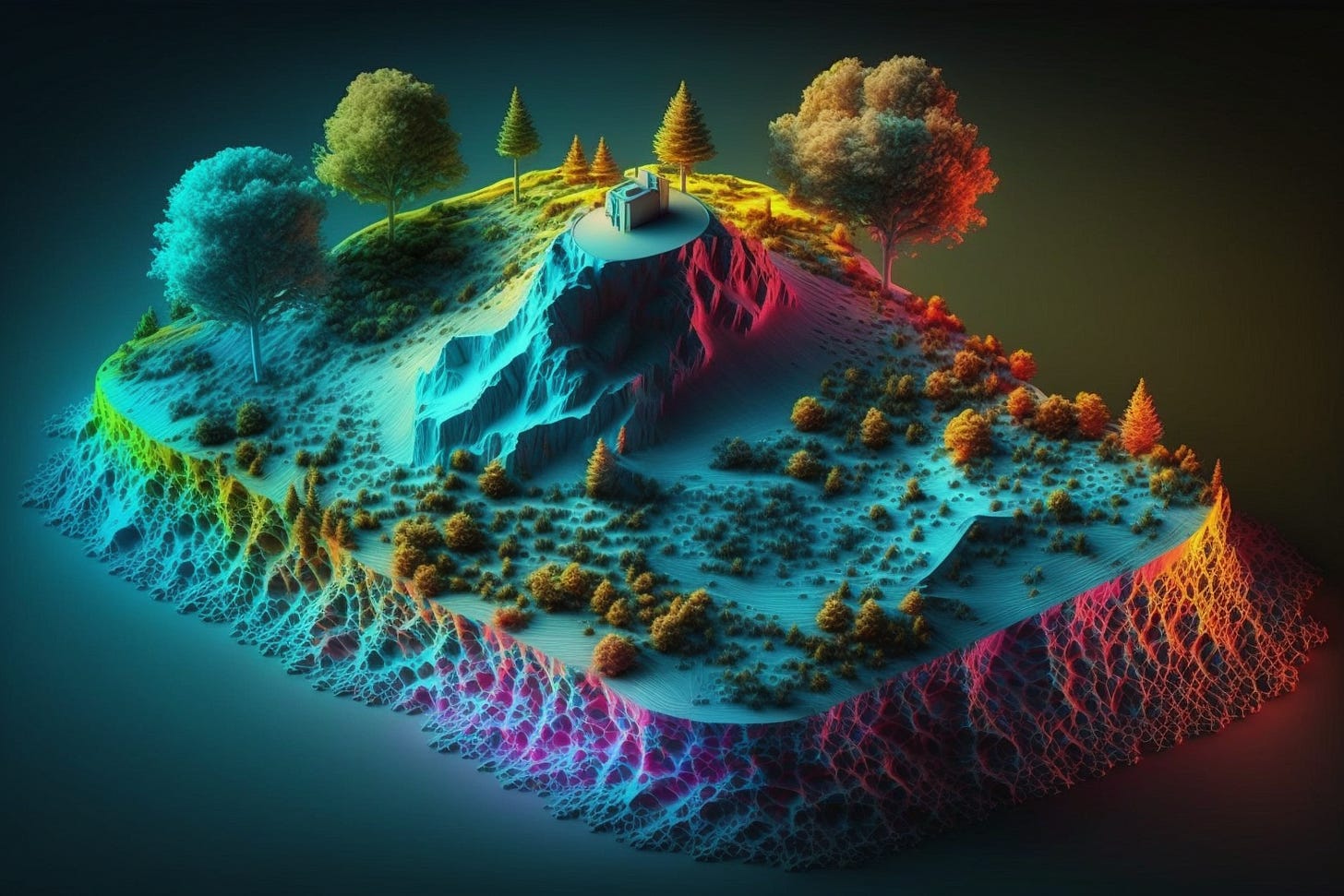What is LIDAR
Revolutionizing Perception and Precision: Understanding the Technology and Applications of LIDAR in Various Industries
LIDAR (Light Detection and Ranging) is a remote sensing technology used to measure distances by illuminating an object with laser light. LIDAR works similarly to radar, but instead of using radio waves, it uses pulsed laser beams as its source of illumination. The resulting data can provide information on the shape and size of objects that are too small or far away for other measurement techniques such as sonar or infrared imaging.
Using this technique, scientists have been able to create three-dimensional maps from aerial photographs taken in different locations around the world. These 3D images provide detailed topographical features including elevation gradients which help inform land management decisions related to natural resource exploration and conservation efforts. In addition, many environmental applications use LIDAR data such as mapping forests along mountain ranges or assessing marine life habitats in offshore coasts.
LIDAR was invented in the 1960s. The first use case recorded with LIDAR used meteorology applications in 1961 when US researcher, William Hockaday, deployed mobile units across Oklahoma looking at atmospheric changes in wind speed among other things using LIDAR measurements. A few years later NASA’s Apollo missions had begun their research in 1969 utilizing 3D imaging capabilities made possible through active sensing technologies like LIDAR (for terrestrial studies).
This allowed them not only to map topographical features but also make observations regarding geological structures below ground level – aiding subsequent explorations greatly! Further development over time yielded airborne systems capable of scanning entire areas quickly while providing detailed models. This made digital mapping much easier than ever before and revealed previously unreachable insights due to natural phenomena affecting weather patterns.
However, today there are even more sophisticated types available including those combining multiple sensors simultaneously, creating unprecedented amounts of detail never seen prior. This has resulted in a significant increase of accuracy levels compared to traditional methods employed by earlier generations – allowing precise analysis within seconds no matter what type of environment one might find themselves operating under, be it land-based, waterborne, aerial survey operations, etc...
In recent years digital cameras enhanced with special filters known as hyperspectral sensors greatly increased our ability to capture even more detail from these measurements – not only measuring the distance between points but also reflectance values like vegetation health, indexing snow cover distribution, minerals/soil surveys, etc. This combined approach provides powerful insights into complex environments where traditional methods may be limited due to their inherent inaccuracies caused by refraction/obstruction issues seen when dealing with optical based systems alone, so much better results become achievable.
Last but certainly not least, LIDAR plays a very important role in autonomous navigation vehicles. Enabling them to see beyond the visual field thus avoiding potential obstacles before they could cause any harm.
The components of any typical LIDAR system include:
- Laser Scanner – This component emits short pulses of infrared (IR) lasers which reflect off nearby objects creating range measurements based on the time it takes for each pulse to travel outwards then back again.
The scanner will typically consist of either several discrete emitters mounted around its periphery or alternatively one rotating turret containing multiple emitters giving 360° coverage. Each emitter may also contain several wavelength ranges within them allowing color classification if required by the application being undertaken. This is particularly useful when conducting high precision surveying work where distinguishing between different land types is important. Many scanners are now fully automated meaning they can accurately map large areas quickly with minimal user intervention while remaining highly accurate over long distances using their embedded internal GPS systems as reference points.
- Receiver/Detector – Just like traditional cameras have sensors built into them that detect incoming visible light waves from our environment LIDAR receivers do essentially the same thing but instead, detect reflected IR – laser beams emitted during scans. The receiver receives these signals and converts it into digital data before sending it onto another part of the system for processing. Its sensitivity must remain very low so as not to interfere with other parts of the system. It should also be able to capture defused returns which come from surfaces that don’t return strong direct reflections.
- Data Storage & Processing Unit – Depending on how complex your LIDAR setup is you may need some kind of processor unit capable of taking all the captured raw data and converting it into relevant, usable information. While most standard vehicles will only require basic analysis capabilities, more advanced setups might utilize powerful onboard computers running specialized algorithms tailored specifically for their particular task. Most processors will store acquired datasets locally to ensure they are available following scan completion enabling rapid reloads for consecutive trips thus reducing overall operation times significantly.




